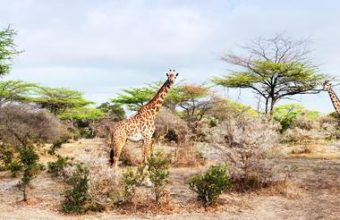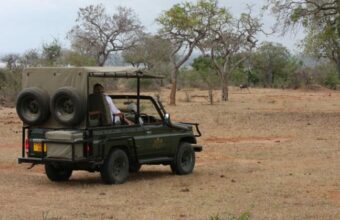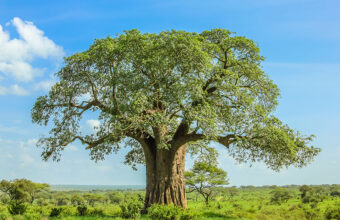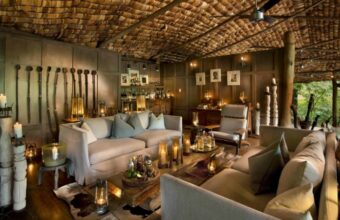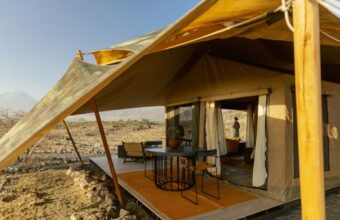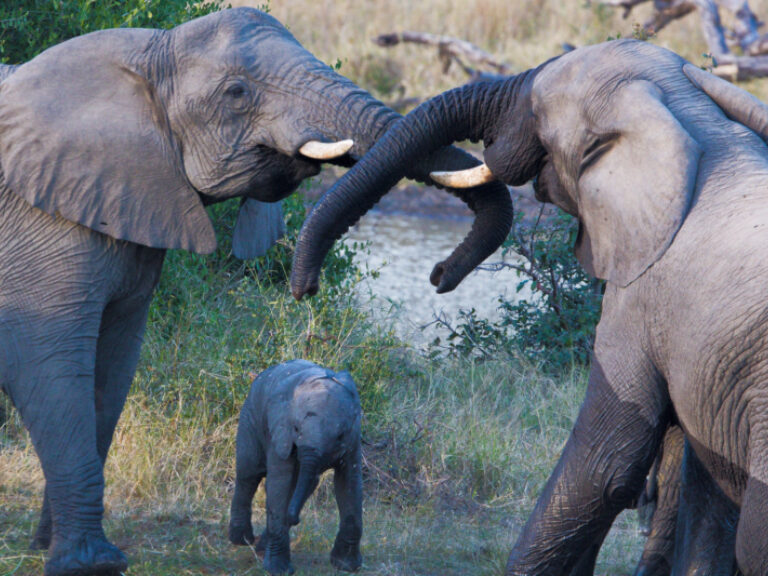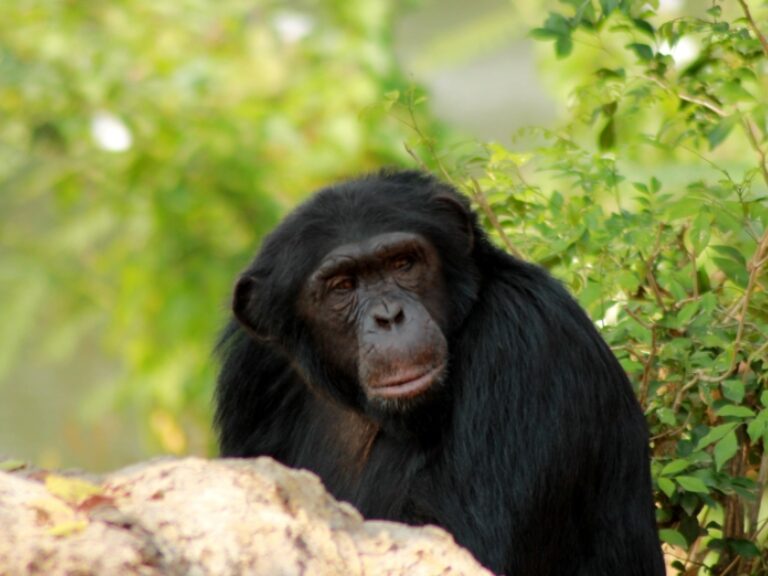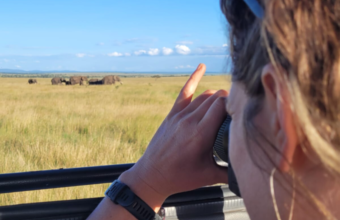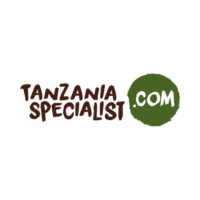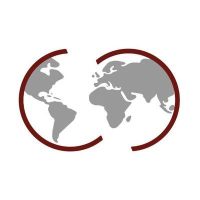The best safari in Tanzania
An expert guide to Tanzania's best safari parks & camps
Along with neighbouring Kenya, Tanzania is one of Africa's classic safari destinations, most famous for the great wildebeest migration where a herd of some two million wildebeest, zebra and gazelle make their epic annual journey—with numerous predators hot on their heels.
But while the migration steals the lion's share (groan!) of the attention, there's a great deal more to the country, both in its range of wildlife and non-safari action. Beyond the Big Five, you'll find world-class birdwatching, some of the best chimpanzee tracking anywhere in Africa, history and beaches on the coast, and some incredible trekking at Kilimanjaro.
Figuring out where to go, when to go, and what to do can be tricky, so here's our essential guide to the best safaris in Tanzania. Dig in and discover the magic of Tanzania, you're in for a ride!

One of the natural world's most iconic events: wildebeest making a perilous river crossing in Tanzania
The best safari in Tanzania
Our experts' recommended parks and camps
-
Serengeti National Park
-
Tarangire National Park
-
Ngorongoro Conservation Area
-
Lake Manyara National Park
-
Nyerere National Park
-
Ruaha National Park
-
Katavi National Park
-
Mahale Mountains National Park
-
Serengeti National Park
-
Serengeti National Park
-
Mahale Mountains National Park
-
Lake Manyara National Park
-
Ngorongoro Conservation Area
-
Ngorongoro Conservation Area
-
Ngorongoro Conservation Area
-
Tarangire National Park
-
Lake Manyara National Park
-
Arusha National Park
-
Serengeti National Park
-
Mahale Mountains National Park
-
Katavi National Park
-
Nyerere National Park
-
Nyerere National Park
-
Ruaha National Park
-
Lake Natron
-
Serengeti National Park
Tanzania safaris: Need to know
Everything you wish you'd known before you booked
Where to go
Tanzania has three main safari regions: the North, Southern Tanzania, and Western Tanzania.
By far the most popular safari region is the north of Tanzania, easily accessible from Kilimanjaro International Airport or the domestic Arusha Airport. This region is home to the famed Serengeti, along with Tarangire National Park, Ngorongoro Crater and Lake Manyara, which together constitute the popular "Northern Circuit," Tanzania's safari best-seller.
Far less visited than the north, the parks of southern Tanzania suit those who’ve already been to the Serengeti, or popular Big Five destinations elsewhere, and are seeking a wilder experience. There are two major destinations here: the Selous and Ruaha.
Western Tanzania is the least visited of the three main safari regions. Because it’s not easily accessible, it’s costly to travel here. It’s roughly a four-hour light aircraft flight from the main hubs of Arusha or Dar es Salaam. There are two scheduled flights a week, but these are also quite expensive; driving will take a couple of days. But if money isn’t an issue, you’ll be rewarded with a remote safari experience largely to yourself. Many travellers will come out west to track the chimps of Mahale.
Tanzania safari FAQs
Your questions, our expert answers
Question
We can't travel during the migration river crossings, are there other impressive spectacles at other times of year?
Answer
Yes! I think calving season during the wildebeest migration is just as spectacular as the more famous river crossing period.
This period runs from December to March around the Ndutu Plains to the south of Serengeti. During this time the wildebeest and zebra stampede over the plains preparing to give birth to thousands of calves. At the same time the big cats are on the lookout for an easy snack. With vast numbers of animals, their sounds and smells, all of the little calves, and the big cats on the lookout... it's theatre on an epic scale and you cannot be disappointed. And the extra benefit is that it's a much shorter drive here than to see the river crossings.
Question
What are your recommended alternatives to safari in the Serengeti?
Answer
In my opinion there's not much that tops Serengeti National Park. As far as the wildlife and scenery goes there's nowhere better for a safari in Tanzania.
The only downsides I can think of are that visiting the Serengeti can involve lots of driving (to see the migration river crossings takes two or three days driving), also it can be expensive and, at peak times, busy (although far quieter than neighbouring Masai Mara in Kenya!)
For those who prefer less driving, I'd recommend Ngorongoro Crater as a good runner up to the Serengeti. Ngorongoro's compact size (the crater is only 20 kilometres across) means you can see more with much less driving. All the big five can be seen here and as a bonus you have have a better chance of seeing rhinos here than in Serengeti.
If you want to escape all crowds and get off the beaten track, I highly recommend Ruaha National Park. Located in the midwest of the country, it surprises with outstretched savannahs and plenty of animals, together with some amazing lodges. The downside (or upside, depending on what you're looking for) is the distance – it’s pretty far from everywhere.
And finally if you're looking for a lower cost safari in Tanzania you could book flights to Dar Es Salaam, and from there do a safari in Mikumi National Park. Relatively small, it still offers open savannah with all your usual safari suspects except for rhinos, along with the most beautiful sunsets and sunrises.


